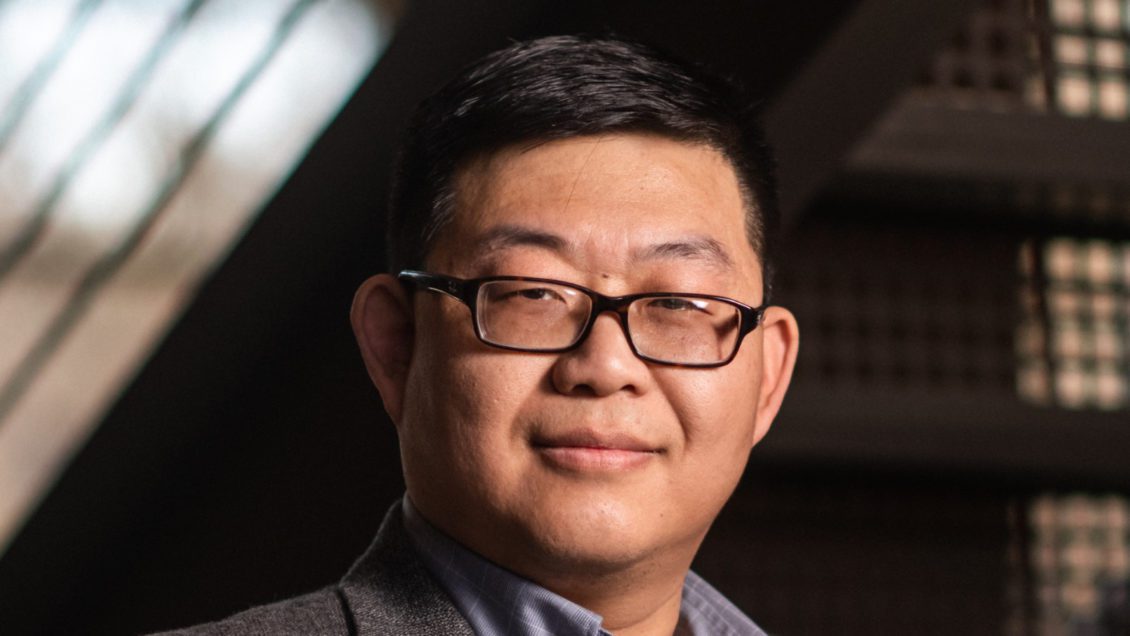New research is putting Clemson University at the forefront of an emerging technology that could help computers run faster and use less energy, while allowing them to continue shrinking in size.
Kai He, an assistant professor of materials science and engineering, is launching a two-year project with a $299,204 fellowship from the National Science Foundation. The research is expected to help Clemson strengthen ties with Brookhaven National Laboratory on Long Island in New York.

To understand He’s work, it’s useful to start off by thinking back to the computers of the 1960s, when they were so large they took up entire rooms. Computer size has steadily decreased as technology has advanced, and many now are small enough to fit in a pocket or purse.
But the electronic transistors that are crucial to processing data are reaching their physical limits. New techniques will be needed if computers are to keep shrinking while increasing power.
For He, the solution could lie in the emerging field of spintronics, a word that comes from combining spin and electronics. Researchers in the field are exploring how the spin of electrons could be used to process data and exchange information, allowing computers to run faster and use less energy, He said.
As part of the research, He and his team are planning to use the nation’s best electron microscopes at Brookhaven National Laboratory to study two-dimensional ferromagnetic materials. The researchers will look so closely at the materials that they will be able to see individual atoms and the patterns their magnetic moments form, a phenomenon called spin texture.
“Specifically, we’re going to observe how the spin is going to line up within two-dimensional layers,” He said. “By understanding that kind of information, we can learn the fundamental knowledge that we can use as the guiding principles to develop next-generation quantum information technologies.”
He said he will conduct the research with the assistance of a post-doctoral researcher and a collaborator at Brookhaven National Laboratory. He studied spin texture as far back as 10 years ago, when he was a Ph.D. student, and the new project is an opportunity to do more advanced research in the field.
Kyle Brinkman, chair of Clemson’s Department of Materials Science and Engineering, said that He is well positioned for success.
“Dr. He has been awarded a competitive fellowship that helps early-career faculty members advance their research,” Brinkman said. “The fellowship will allow him to broaden his research expertise at Brookhaven National Laboratory and then bring that knowledge back to South Carolina, helping expand the next-generation workforce.”
The fellowship is made possible through the National Science Foundation’s Established Program to Stimulate Competitive Research and is part of the program’s Research Infrastructure Improvement Track 4.
To learn more, you can read the abstract for He’s research here: https://www.nsf.gov/awardsearch/showAward?AWD_ID=1929138
Get in touch and we will connect you with the author or another expert.
Or email us at news@clemson.edu

